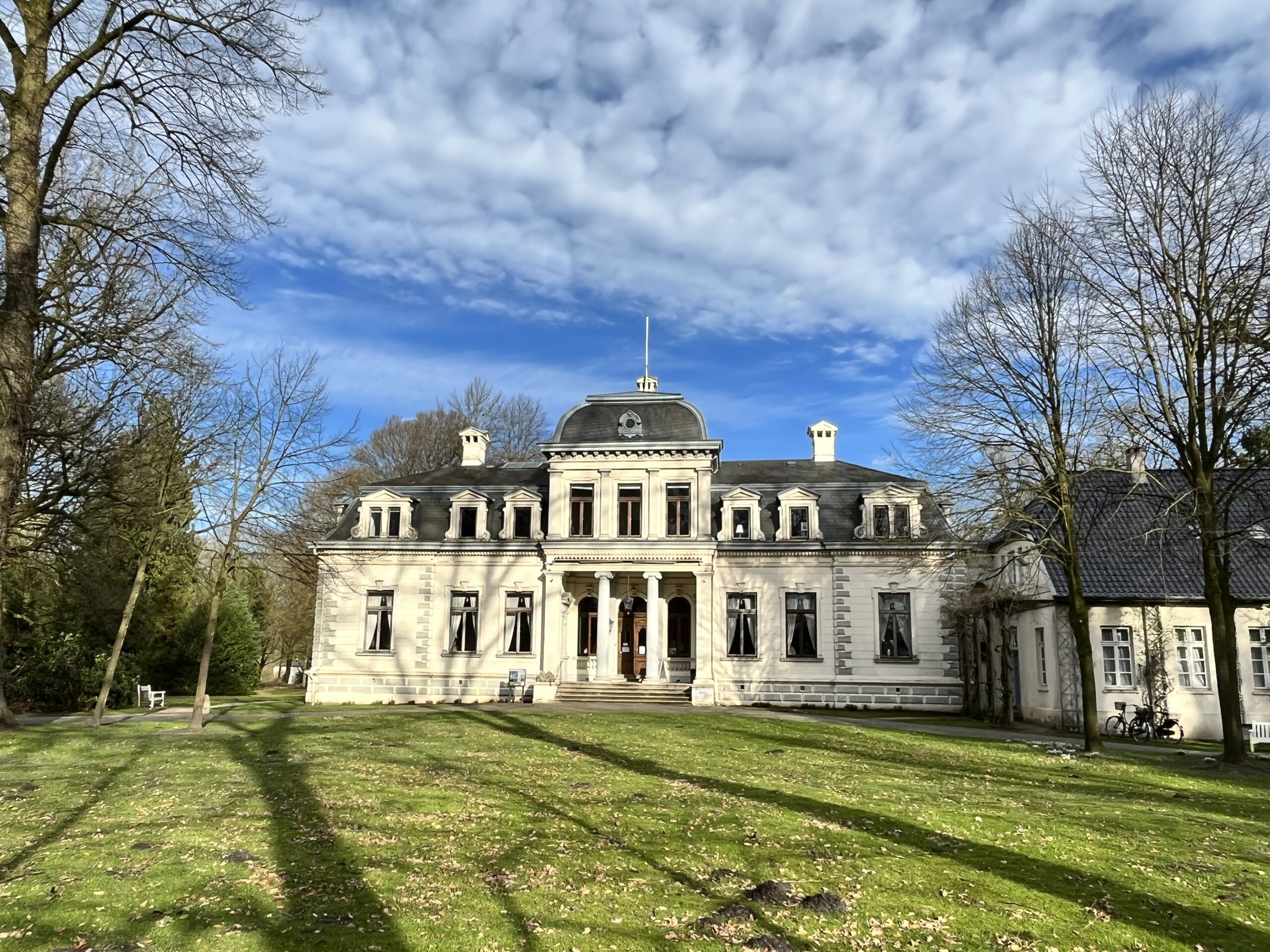The palace in Rastede has something truly fairytale about it. It is a country house where a girl once used to live who would become a real queen one day.
Now tell me you don't believe in fairy tales! Well, let me tell you something.
Originally, this building was a rustic country house owned by the Count of Schmettau, a courtier of the well-born Duke Peter Friedrich Ludwig of Oldenburg. The reason why he settled here, of all places, is obvious. From here, he had a direct view of the summer residence of his master and - when his duke was absent - also of his sons, who were under his care on such an occasion. However, the duke's two sons eventually grew up, and as they set out to start a family, there was not enough space in the ducal castle.
That is why the Grand Duke bought the Schmettausch house for his son in 1822, the hereditary Prince Paul Friedrich August and his family, to which a princess named Amalie belonged, too. By the way, she felt very comfortable here because even later, she spoke and wrote again and again about her "lovely Rastedt".
In 1836, Amalie moved to Athens – to marry Otto of Greece and become nothing less than Queen! You see? From fairy tales!
The subsequent landlord from the next generation, Nikolaus Friedrich Peter, had the building expanded and rebuilt in the style of historicism. With this, he created precisely that building that you can face at this spot today.
The outbuilding, where the archives of the municipality of Rastede are located today, was used as a cavalier's house (also called a guest house), and some crowned heads descended here. Around it, a large garden area in the English landscape style was created to complement the castle park by purchasing neighbouring areas. Some of the existing trees date back to this time.
Until the 1930s, when the House of Oldenburg had already stopped to rule for a long time, the palace was still occupied by family members, but the resources for proper maintenance were increasingly lacking.
After the Second World War ended, it was temporarily used to accommodate Canadian soldiers as refugee accommodation.
In the 1980s, the building was rescued through a comprehensive renovation. Although the palace remained in the possession of the ducal family for a long time, the community of Rastede was fortunate to use the monument for exhibitions and cultural events. In 2018, the community was finally able to officially acquire the Prinzenpalais.
